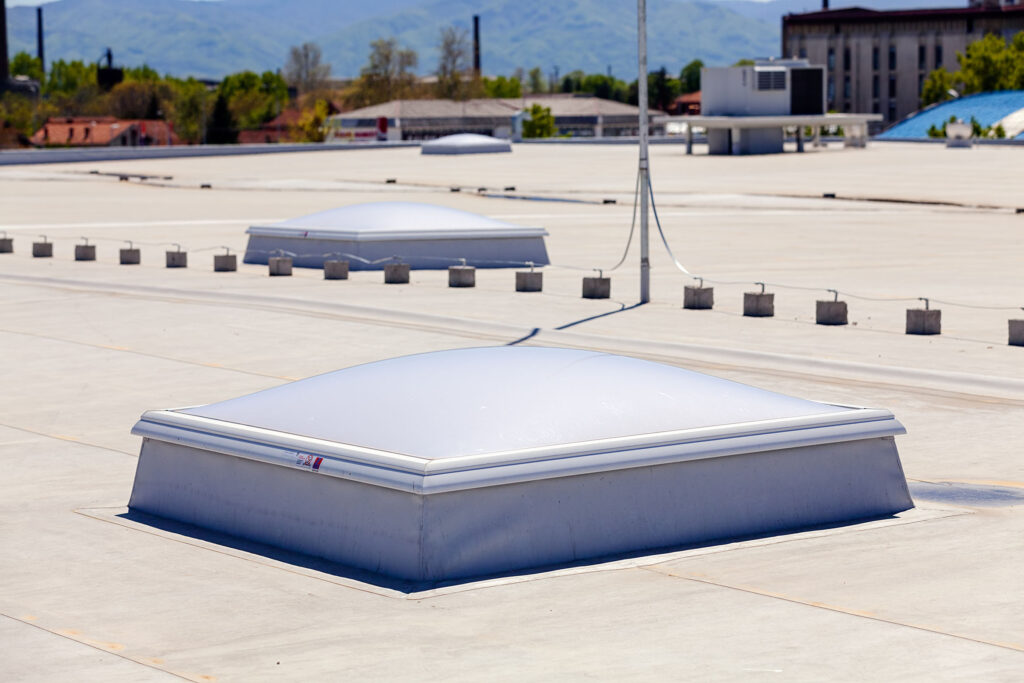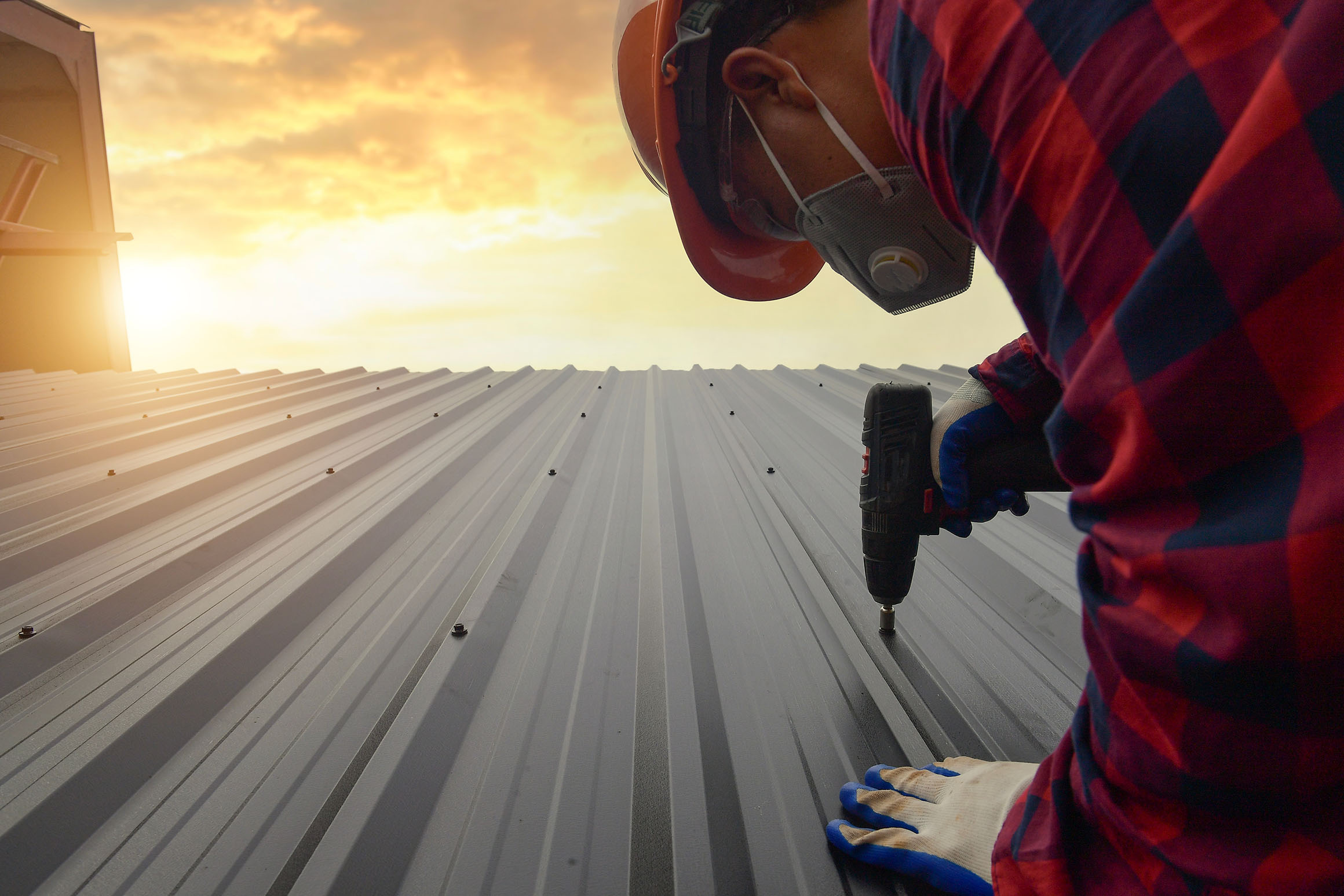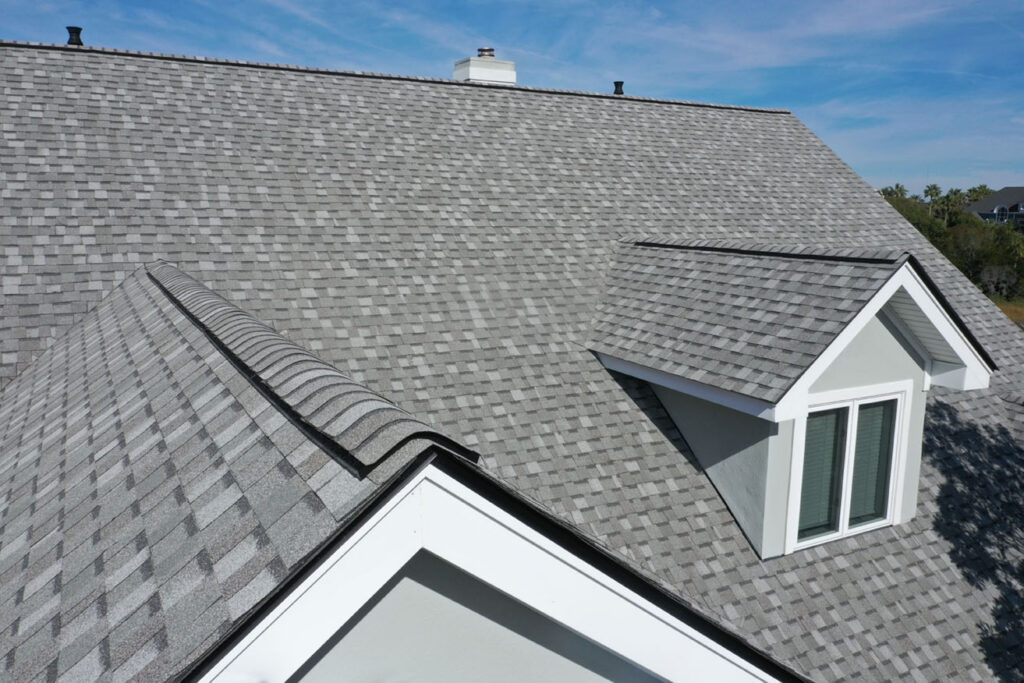Flat roofs are a popular choice for commercial buildings due to its cost-effectiveness and practical design. However, regular maintenance is required to perform optimally and reach its full lifespan. Whether constructed with single-ply membranes, built-up roofing, or other materials, routine care is essential to prolong the roof’s life, ensure performance, and prevent costly repairs.
Implementing a comprehensive maintenance strategy not only safeguards your investment but also ensures the selection of high-quality materials that enhance long-term durability. A consistent maintenance program can maximize the lifespan of your flat roof while protecting your property.
Key Maintenance Tips for Flat Roofs
Flat roofs face distinct challenges compared to sloped roofs, such as water pooling and debris accumulation. Routine maintenance ensures your roof remains durable and effective. To maximize its lifespan, work with a trusted roofing contractor to perform the following tasks at least twice a year, or after severe weather events:
- Regular Inspections
Routine inspections are the true foundation of effective roof maintenance. Inspections help identify issues such as cracks, punctures, or areas where water may accumulate, allowing for timely repairs before any problem worsens.
- Clear Debris Regularly
Flat roofs can quickly accumulate debris like leaves, branches, and dirt, especially during the fall. This debris can block drainage systems and lead to water pooling. Regularly cleaning your roof prevents damage and preserves its structural integrity.
- Maintain Proper Drainage
Ensure drains, gutters, and downspouts are free of obstructions. Proper drainage is crucial for preventing water from pooling on the roof, which can lead to leaks and other structural issues.
- Address Ponding Water Immediately
If water pools after a rainstorm, address it promptly. Ponding water can weaken roofing materials and lead to extensive damage. It may be necessary to adjust the roof’s slope or install additional drainage systems to prevent further issues.
- Monitor for Signs of Damage
Flat roofs are vulnerable to punctures, cracks, and seam separation, particularly if the roof is frequently walked on or is older. During inspections, carefully examine the roof for visible damage and address repairs quickly to avoid water infiltration.
- Inspect Flashing
Flashing around vents, HVAC units, and other roof penetrations is a common source of leaks. Ensure the flashing is intact and properly sealed. Reapply sealant or replace damaged flashing as needed to prevent leaks and extend your roof’s lifespan.
- Check for Blistering and Cracking
Blisters form when air or moisture gets trapped beneath the roofing membrane, which can lead to leaks over time. Similarly, cracks may appear in roofing materials due to aging or weather exposure. Address these issues early to avoid more extensive damage.
- Seal Seams and Joints
The seams where roofing materials join are vulnerable to water penetration. Periodically inspect these areas and apply sealant to ensure they remain watertight.
- Repair Leaks Promptly
Even a small leak can cause significant damage if left unchecked. If you spot water stains or active leaks, act immediately to prevent costly structural and interior damage.
- Maintain Surrounding Trees
Overhanging tree branches can scrape the roofing surface, while falling debris can clog gutters or damage the roofing membrane. Keep surrounding trees trimmed and remove any branches that extend over the roof to avoid potential damage.
- Monitor for Roof Membrane Separation
Over time, roofing membranes may begin to separate or pull away from the edges, especially near the roof perimeter or vents. Repairing these separations promptly prevents water infiltration and further damage.
- Check for Algae, Moss, or Mold Growth
In areas with water pooling, flat roofs are susceptible to algae, moss, or mold growth, which can deteriorate the roofing surface and lead to leaks. Regular cleaning helps prevent the buildup of these harmful growths.

Professional Maintenance vs. DIY
Although many maintenance tasks can be handled by building owners, it is highly recommended to hire professionals for inspections and repairs. They possess the expertise and specialized tools to identify potential issues that may be overlooked during a DIY inspection. This ensures a more thorough and accurate assessment of your roof’s condition.
Protect your commercial property and extend the lifespan of your flat roof with proactive maintenance. Regular inspections, timely repairs, and proper drainage can prevent costly damage and ensure long-term performance. Don’t wait for small issues to become big expenses. Contact Parish Construction & Roofing, LLC today for expert roof maintenance services.

